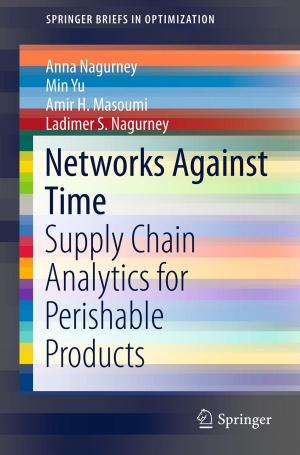R for SAS and SPSS Users
Nonfiction, Computers, Database Management, Application Software, General Computing| Author: | Robert A. Muenchen | ISBN: | 9780387094182 |
| Publisher: | Springer New York | Publication: | March 2, 2009 |
| Imprint: | Springer | Language: | English |
| Author: | Robert A. Muenchen |
| ISBN: | 9780387094182 |
| Publisher: | Springer New York |
| Publication: | March 2, 2009 |
| Imprint: | Springer |
| Language: | English |
While SAS and SPSS have many things in common, R is very different. My goal in writing this book is to help you translate what you know about SAS or SPSS into a working knowledge of R as quickly and easily as possible. I point out how they differ using terminology with which you are familiar, and show you which add-on packages will provide results most like those from SAS or SPSS. I provide many example programs done in SAS, SPSS, and R so that you can see how they compare topic by topic. When finished, you should be able to use R to: Read data from various types of text files and SAS/SPSS datasets. Manage your data through transformations or recodes, as well as splitting, merging and restructuring data sets. Create publication quality graphs including bar, histogram, pie, line, scatter, regression, box, error bar, and interaction plots. Perform the basic types of analyses to measure strength of association and group differences, and be able to know where to turn to cover much more complex methods.
While SAS and SPSS have many things in common, R is very different. My goal in writing this book is to help you translate what you know about SAS or SPSS into a working knowledge of R as quickly and easily as possible. I point out how they differ using terminology with which you are familiar, and show you which add-on packages will provide results most like those from SAS or SPSS. I provide many example programs done in SAS, SPSS, and R so that you can see how they compare topic by topic. When finished, you should be able to use R to: Read data from various types of text files and SAS/SPSS datasets. Manage your data through transformations or recodes, as well as splitting, merging and restructuring data sets. Create publication quality graphs including bar, histogram, pie, line, scatter, regression, box, error bar, and interaction plots. Perform the basic types of analyses to measure strength of association and group differences, and be able to know where to turn to cover much more complex methods.















